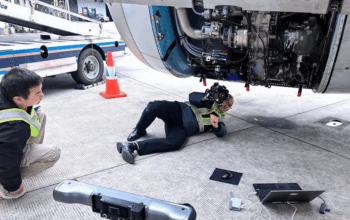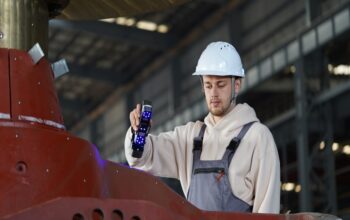- Augmented reality (AR) revolutionizes industrial workflows to enhance efficiency and precision in operations.
- Implementing AR technology transforms business processes to improve safety and quality, speed up delivery, reduce costs, and increase employee engagement.
- The benefits of augmented reality in business, especially for training and maintenance, are substantial and impactful.
- AR technology provides a competitive edge by improving operational accuracy, supporting better decision-making, and increasing delivery performance in industrial environments.
In the high-stakes world of industrial operations, every second counts towards achieving unparalleled precision and efficiency. Deskless workers who perform their tasks without a fixed workstation are feeling the pressure as subtle yet significant operational inefficiencies go unnoticed. However, advancements in augmented reality in business can address these challenges and lead to substantial improvements in performance and competitive advantage.
Implementing AR Solutions: Initial Steps
Once a company determines that AR technology could enhance its operations, the initial steps involve a thorough assessment of current workflows and inefficiencies:
- Assess Current Operations: Conduct a thorough assessment of existing processes and pinpoint inefficiencies, especially in maintenance, training, and daily operations.
- Engage AR Providers: See how it works in your environment before committing to any solution. Some providers are selling the future rather than the present. Work with AR technology providers to demonstrate their solutions in your operational environment for real-world applicability.
- Pilot Projects: Start with small-scale pilot projects to test AR solutions, collect operator feedback, and monitor improvements in key metrics such as error rates, task completion times, safety incidents, and employee engagement.
- Digitize Processes: Convert current paper-based processes into digital formats and make sure procedures are accurately documented.
- Assess ROI: Evaluate the return on investment from pilot projects to scale successful initiatives across the organization.









